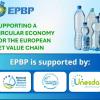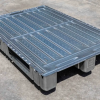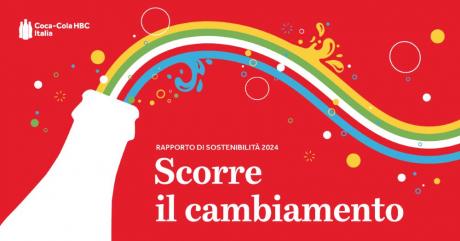The flexible packaging market is experiencing a crucial transformation phase. According to the latest report "PE Consumer Packaging Films - The Global Market 2025" published by AMI Market Intelligence, oriented polyethylene films represent the most promising frontier for achieving the sector's sustainability objectives, but the path towards mass adoption remains fraught with significant obstacles.
Orientation as the Key Solution
Film orientation technologies - particularly machine-direction oriented polyethylene (MDO-PE) and biaxially oriented polyethylene (BOPE) - are emerging as the most concrete solution to replace the multi-material structures traditionally used in flexible packaging. These innovative materials offer a decisive competitive advantage: complete mechanical recyclability in mono-material structures.
Polyethylene already represents the largest segment of the flexible packaging market, and the recycling infrastructure for this material is the most developed, explains the AMI report. Oriented PE films allow maintaining the required technical performance whilst eliminating the complexity of non-recyclable multi-layer structures.
Investment and Expectations: The Market Reality Check
Post-pandemic enthusiasm led to significant investments in production capacity for blown MDO-PE and BOPE, but market reality proved more complex than initial expectations. The learning curve for developing new materials has been steeper than anticipated, and the multi-stakeholder nature of R&D projects has slowed commercialisation timelines.
A critical element that emerged from the analysis is the disconnect between brand owners' sustainability declarations and their actual purchasing decisions. Many global brands, initially keen to announce ambitious targets, have subsequently revised their objectives, recognising that initial timelines and technical specifications were overly optimistic.
Costs: The Gordian Knot of Transition
Economic sustainability remains the primary challenge for large-scale adoption. Production costs for oriented PE films are still higher than conventional films, requiring significant capital investments that many companies struggle to justify in the short term.
The paradox is evident: whilst everyone recognises the importance of environmental sustainability, purchasing decisions continue to be driven primarily by price considerations, observes the report. This gap between intentions and concrete actions represents one of the main barriers to market acceleration.
Legislation as a Catalyst
The real breakthrough could come from legislative pressure. Regulatory evolution is providing the necessary clarity to guide companies' investments towards recyclable packaging solutions. New regulations are forcing the sector to overcome the wait-and-see approach and make more courageous strategic decisions.
Legislation is emerging as the most decisive factor in driving change, highlights the AMI analysis. Regulatory clarity is helping companies navigate the complex landscape of sustainable packaging, promoting more confident and strategic investments.
Prospects for the Future
Despite current challenges, the market potential for oriented PE films remains high. The combination of legislative pressures, growing consumer environmental awareness, and continuous technological progress is creating conditions for sustained growth in the medium to long term.
Experts predict that the transition will occur gradually, with revised objectives and more flexible parameters guiding adoption. The key to success will be the sector's ability to balance technical performance, environmental sustainability, and economic competitiveness.
The AMI report emphasises how several leading film manufacturers and converters are already investing heavily in these technologies, recognising their potential to completely reshape the flexible packaging landscape.









